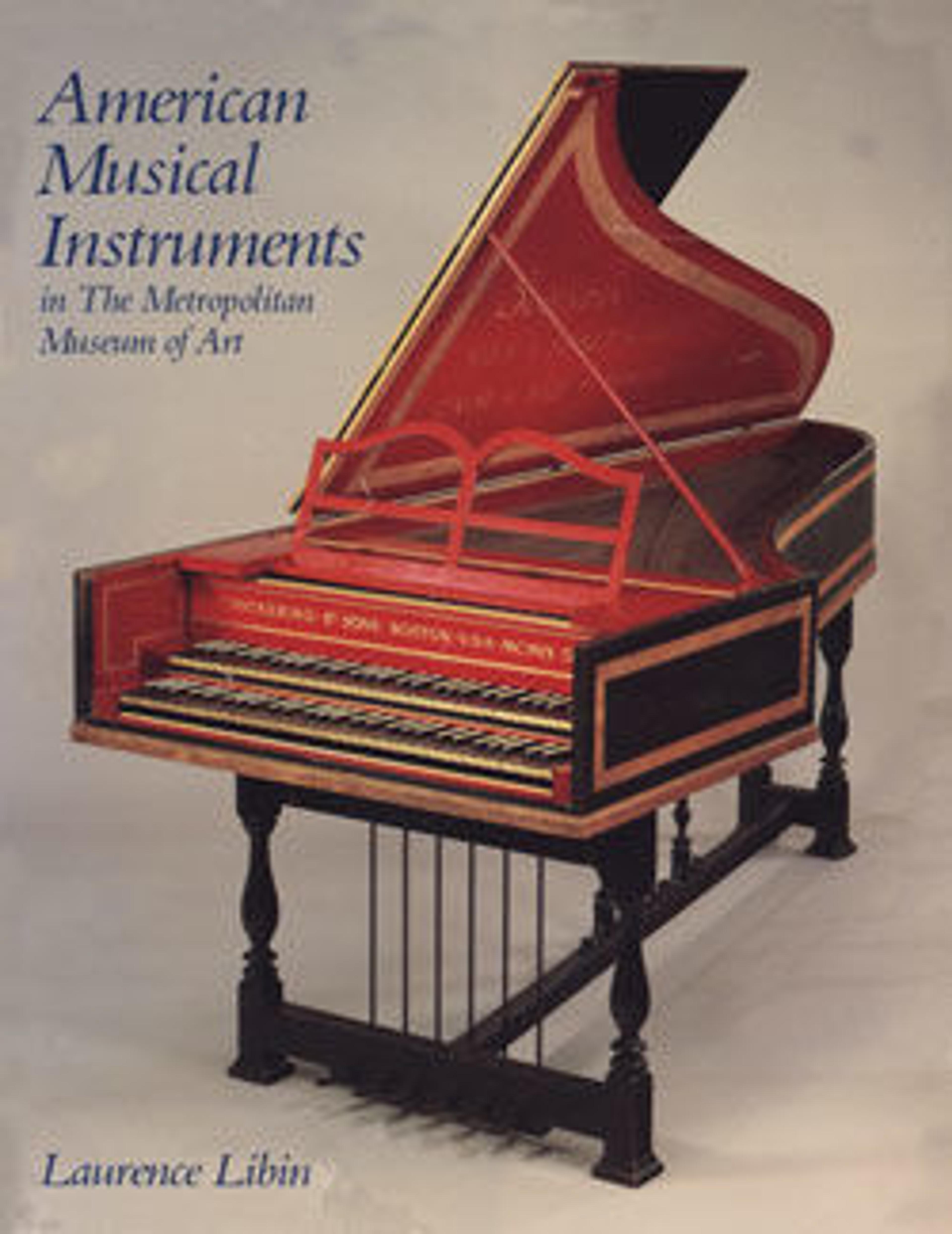Banjo
This banjo was produced by Hercules McCord from St. Louis, MO, around 1859, during the height in popularity of the blackface minstrelsy. Its large size suggests that it was made for the minstrel stage. Prior to the advent of the mass production and marketing of banjos after the Civil War, instruments were custom made or produced in small batches. This example is hand crafted and likely unique. The peghead is finely sculpted in the shape of a scrolled cello peghead. The 5th string enters a tunnel at the 5th fret position and travels through a groove on the top edge of the fingerboard to a violin-style tuning peg that is mounted into a rounded wooden outrigger attached to the bass side of the peghead. The fingerboard is fretless, a feature that would remain popular until the turn of the twentieth century, and thin ivory strips are inlayed into the fingerboard as fret markers in lieu of actual frets. The skin head is tightened over the wood hoop by 16 hooks and nuts that are mounted to brass straps attached to the inside of the hoop. The wooden tailpiece is shaped like a simplified violin tailpiece, and a leather-covered metal armrest is mounted on the top edge of the banjo rim adjacent to the tailpiece. The back of the neck is decorated with oblique slices of darker and lighter wood spliced into the neck. An unusual structural feature is the absence of a dowel stick that extends inside the banjo hoop from the location where the neck adjoins with the rim to the opposite end of the rim under the tailpiece to provide structural support for the banjo neck. (Peter Szego, 2020)
Artwork Details
- Title: Banjo
- Maker: Hercules McCord (American, St. Louis 1855–1890 St. Louis)
- Date: ca. 1859
- Geography: St. Louis, Missouri, United States
- Culture: American
- Medium: Metal, wood
- Dimensions: 96cm x 34cm x 10cm
- Classification: Chordophone-Lute-plucked
- Credit Line: The Crosby Brown Collection of Musical Instruments, 1889
- Object Number: 89.4.2676
- Curatorial Department: Musical Instruments
More Artwork
Research Resources
The Met provides unparalleled resources for research and welcomes an international community of students and scholars. The Met's Open Access API is where creators and researchers can connect to the The Met collection. Open Access data and public domain images are available for unrestricted commercial and noncommercial use without permission or fee.
To request images under copyright and other restrictions, please use this Image Request form.
Feedback
We continue to research and examine historical and cultural context for objects in The Met collection. If you have comments or questions about this object record, please complete and submit this form. The Museum looks forward to receiving your comments.
